Dave Healey looks forward to exciting new developments at Park in the Past, his favourite local beauty spot.
Connecting with Nature
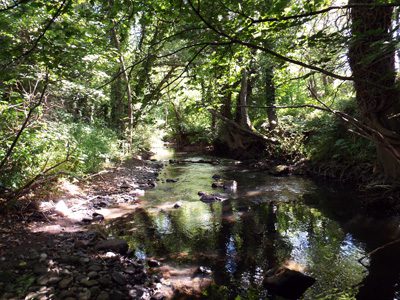
The first Covid-19 Lockdown took place during what was extremely pleasant, and, at times, very warm weather. It was alright to exercise close to home and staying local allowed us to explore our immediate neighbourhood.
It was a time for us to seek solace by connecting with nature. You suddenly had the opportunity to appreciate the beauty of the nearby countryside which you could have previously taken for granted.
For many residents, living in, or within walking distance of, the village of Hope in the southern corner of Flintshire, this was especially true. It was the first time that they had ventured to the previously hidden gem of Park in the Past. Park in the Past is a 120-acre beauty spot on the former sand and gravel quarry site at Fagl Lane.
The Backdrop of Hope Mountain
For those who lived in the village, walking the perimeter of the 35-acre lake against the backdrop of Hope Mountain became the single-most popular daily exercise. Residents must have made thousands of laps of the lake during that period. It was a haven of tranquillity and had such a positive effect on so many people’s mental health.
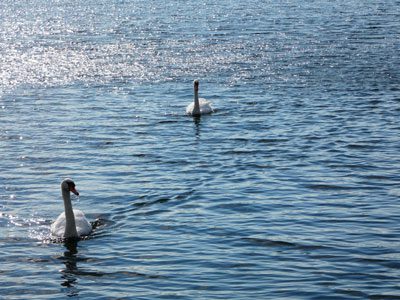
Park in the Past also provided hundreds of NHS frontline staff and key workers with a respite break and free refreshments. Indeed, the dedicated team of Park volunteers demonstrated the true meaning of community spirit throughout the whole time.
This lockdown is presenting a more severe challenge to many, however. The virus has developed a more virulent strain; the grim details of which need no further elaboration. The winter weather has taken hold and, although you can still exercise locally in Wales, there is little incentive for people to do much else than heed key advice and stay at home.
Landscaping Transformation
Park in the Past is currently closed for development work that will dramatically change the site and the walk around the lake or by the adjacent River Alyn is strictly off-limits.
The front entrance of the Park is undergoing a significant landscaping transformation that will enhance its appearance. The plan is to add to onsite amenities, including the construction of an earth house which will further enrich the biodiversity.
These changes are part of a much grander vision to maximise the potential of the site. It aims to be the perfect place for leisure, relaxation and an infinite range of stimulating activities. The site currently provides an ecological oasis for wildlife and this too will receive an upgrade.
Paul Harston
The Park in the Past Community Interest Group runs the area. The group’s champion is Paul Harston, the originator of the highly successful Roman Tours Ltd. At its height, before Covid-19, Roman Tours provided educational experiences for some 30,000 students in Chester each year and controlled 70% of the academic business coming into the city.
A relevant planning application also had the unanimous backing of the Planning Committee of Flintshire County Council. Paul is massively enthusiastic about the potential of the Hope site as a significant amenity in North Wales. He is also aware of its potential to attract visitors from parts of Europe and beyond.
Commenting on the work, Paul said: “During the last seven years, Park in the Past CIC has invested over £400,000 to transform this abandoned and neglected quarry site into a safe community resource that everyone can enjoy.”
The Roman Fort Project
Given the interests of its champion, it is not entirely surprising that the Romans feature in the eventual planned development. The enterprise initially began as “The Roman Fort Project”. The plan was to reconstruct a first-century Roman fort alongside a Celtic iron-age settlement as a significant educational resource and visitor attraction.
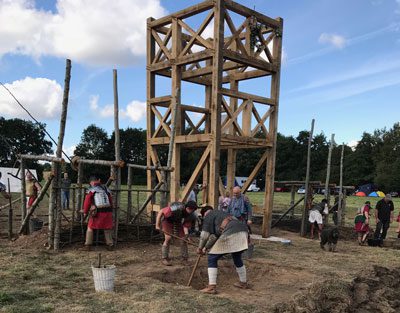
Some headway towards this was made in August 2018 when several “Roman” reactors started the “Big Fort Build” to construct a replica gateway to the fort. For many, the Romans are a first-love when studying the past and one can imagine students of all kinds taking a keen interest.
The idea of an inspiring reconstruction is even more pertinent given the increase in Roman finds in north-east Wales and its border with England.
However, the vision of Park in the Past has developed well beyond that of a Roman fort. There is a lot to do during the non-breeding season on other parts of the site. The beautiful lake is already a popular resort for kayaking, swimming, paddle boarding and fishing. It also offers further potential for the development of sport and leisure.
Kingfishers and Woodpeckers
Onsite arrangements protect nesting wildfowl and the site is an exemplar of good practice in the coexistence of human activity with wildlife. A fifteen-year-old schoolboy has honed his lockdown photographic skills and captured some fantastic pictures of kingfishers and nesting woodpeckers. Preserving and enhancing ecology and biodiversity to allow human interaction and enjoyment are essential parts of the plan.
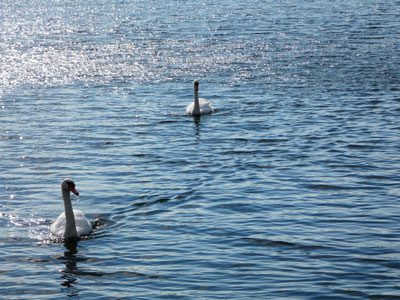
A further part of the project involves fulfilling a vision to re-establish a natural habitat as close to that which existed at the time of the first century. It’s a laudable aim. While we cannot bring back those species which have become extinct, we can, at least, seek to maximise the potential of the existing habitat. This action would avoid the loss of other species and seek to control the non-native invasive ones.
This initiative will appeal to those interested in natural history, ecology and conservation. The volunteering and educational opportunities to help with the project are enormous.
The Burning of the Wicca Man
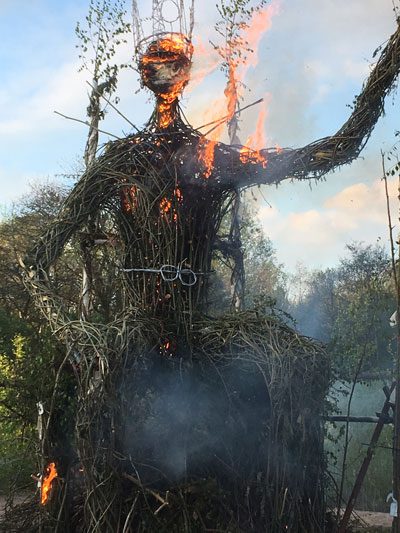
Before the pandemic, Park in the Past was providing host to a wide range of community activities. Ancient Celtic traditions like the burning of the Wicca man featured dancers, storytellers, fire eaters and musicians.
There would be a Solstice Bonfire and Woodland Santa event at Christmas. Equestrian off-road riding events, fishing competitions and midsummer lantern-making were also popular events. You could see puppeteers and magicians, enjoy wellbeing weeks and take part in traditional county skills. The list goes on and an even wider variety of events are likely to return after the pandemic.
Park in the Past will play a vital role in the recovery of north-east Wales communities after the current pandemic. It is a vibrant community resource with great potential for our wellbeing and mental health. It is certainly worth keeping an eye open for future news and developments as we all look forward to a better tomorrow.
For further details, visit parkinthepast.org.uk. You can also find Park in the Past on Facebook and Instagram.
We hope you enjoyed our article about Park in the Past. For other community articles, please click here.

